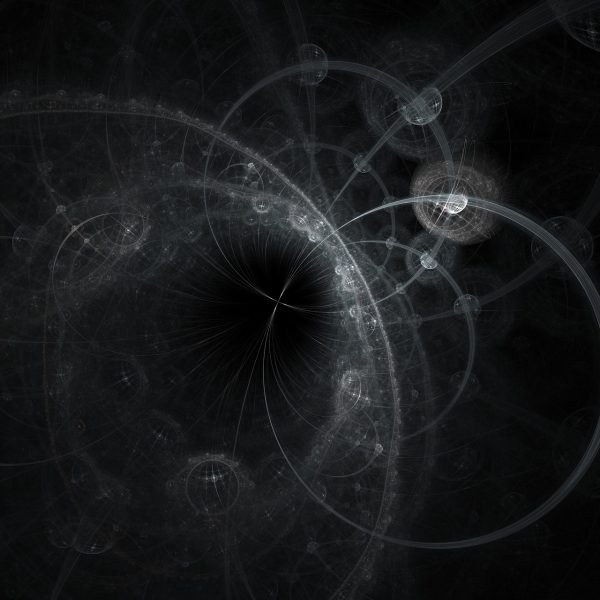Back in 2017, a gravitational wave rang across Earth like the clear tone of a bell. It stretched and squished every person, ant and scientific instrument on the planet as it passed through our region of space. Now, researchers have gone back and studied that wave, and found hidden data in it — data that help confirm a decades-old astrophysics idea.
That 2017 wave was a big deal: For the first time, astronomers had a tool that could detect and record it as it passed, known as the Laser Interferometer Gravitational-Wave Observatory (LIGO). That first wave was the result, they found, of two black holes crashing together far away in space. And now, a team of astrophysicists has taken another look at the recording and found something others thought would take decades to uncover: precise confirmation of the “no-hair theorem.” This essential aspect of black hole theory dates back at least to the 1970s — a theorem that Stephen Hawking famously doubted.
When physicists say black holes don’t have “hair,” said Maximiliano Isi, a physicist at MIT and lead author of the paper, they mean that astrophysical objects are very simple. Black holes only differ from each other in three ways: rate of spin, mass and electric charge. And in the real world, black holes probably don’t differ much in electrical charge, so they really only differ in terms of mass and spin. Physicists call these bald objects “Kerr black holes.”



